by Naomi | Apr 6, 2017 | Creative Life
“Life must be lived and curiosity kept alive.”
– Eleanor Roosevelt –
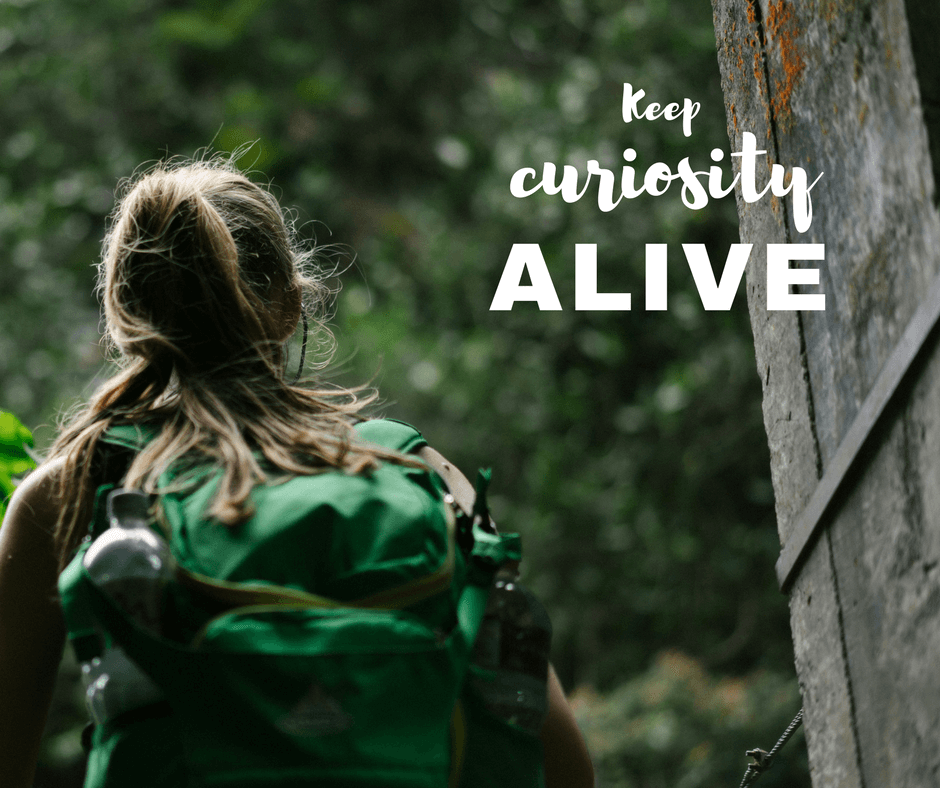
In this article, Eleanor Roosevelt shares her perspective on the importance of curiosity. She notes that curiosity is essential for living fully–it allows us to engage with our world, learn, explore, and find new solutions.
Curiosity is the spark that causes us to look around and connect with one another.
A couple days ago, I listened to a podcast interview with Uli Beutter Cohen, founder of the Subway Book Review project. I’m pretty sure that Uli and Eleanor Roosevelt would have been fast friends. They share a philosophy that every person carries a wealth of stories and life experience. When we are willing to connect, to ask questions, to live a life filled with curiosity, we thrive. What I loved about Uli’s interview was the energy in her voice, the lit-up aliveness that wove through her words as she described her project. She believes that books are an accessory. We put them on like we might put on a hat or scarf. Books may be a more telling accessory than a hat or scarf because they help us get to know a person, especially when the person is willing to share why he or she chose this particular book on this particular day. That’s what Uli’s project is all about: she doesn’t plug into her headphones and tune out on the subway. She asks people about the books they’re reading, and collects stories one at a time.
It’s tempting to look around and think that there are two types of people … the ones who are curious and the ones who are not. It’s more difficult to admit that we each have the capacity for curiosity and the capacity for disinterest. The decision to live with a spirit of curiosity is not a one-time, set-it-and-forget-it choice. That’s why I love the quote from Eleanor Roosevelt above. We must keep our curiosity alive.
What does the care and feeding of curiosity look like?
- Keeping our eyes open
Noticing our surroundings is a choice. It’s a practice, and one that becomes a habit. When we intentionally pay attention to the light in the clouds or the light in faces around us, we are rewarded with beautiful moments. The more we experience those beautiful moments, the more deeply ingrained the habit of paying attention becomes. We teach ourselves the value of an open-eyed approach to life, and with each choice to look around, we remind ourselves of why taking time to notice our world matters.
- Asking questions
When we were three, we asked questions as a way of life. Why was a general response to nearly everything. Then, as we wore down the adults in our lives, we learned to control our inquisitive minds. It’s true that a string of “but why?” questions can be exhausting. When we ask why without any additional context, we place the entire responsibility for knowing the answer on the other person. However, when we ask questions artfully, in a way that invites another person to share their own experience and stories, we aren’t quizzing the world, we’re engaging with it. Like any art, the art of asking questions requires focus and dedicated effort.
- Reflecting on what we see and hear
We reinforce what we focus on. If we focus the majority of our attention on what goes wrong in our lives, our life experience feels like a string of disasters. We remember the irritating email and the car that cut us off on the freeway and the difficult conversation at work. How was our day? From this perspective, it was unhappy. If, instead, we pause and savor the beautiful moments we collect—a story from someone in the elevator, or the exact colors of a sunset, we feel that we live in a world of beauty. Since the difficult situations are usually louder, it takes intention to notice the quieter moments. As with paying attention and asking questions, the effort of reflection is entirely worthwhile. When we reflect, we map a landscape of our lives and our communities that is fueled by—and that further fuels—our curiosity.
When I took my sabbatical last year, I had the opportunity to follow my curiosity. For a full month, I didn’t let a to-do list rule my life. Instead, I let the inner drive that simply wants to know propel me through my days. By the end of the month, I felt whole, calm, restored. What had happened? I’d taken the time to tend to my curiosity, and it made all the difference. I was a little afraid, coming back into my real life, that I would lose that spark as deadlines and expectations settled back in. And sometimes it does feel like I’m losing track of my curiosity. Sometimes I do put my head down and simply push toward finishing a task. Still, that month is fresh in my mind, and it doesn’t take much to set down my work for an hour or two, to tap back into that mindset, and to engage with my world.
How healthy is your curiosity right now?
Have you been able to tend it recently? Do you need a day to wander and to let your questions lead the way? It’s not a waste of time, not even a little bit. So, just in case you need permission … permission granted. Go on, go have an adventure. Let the world surprise you. And once you’ve had your adventure, come on back and share your story with me. I’d love to hear about your experience. Comment below, or connect with me on
Facebook or
Twitter. Let’s follow our curiosity and see where it leads us!
by Naomi | Feb 27, 2017 | Book Reviews
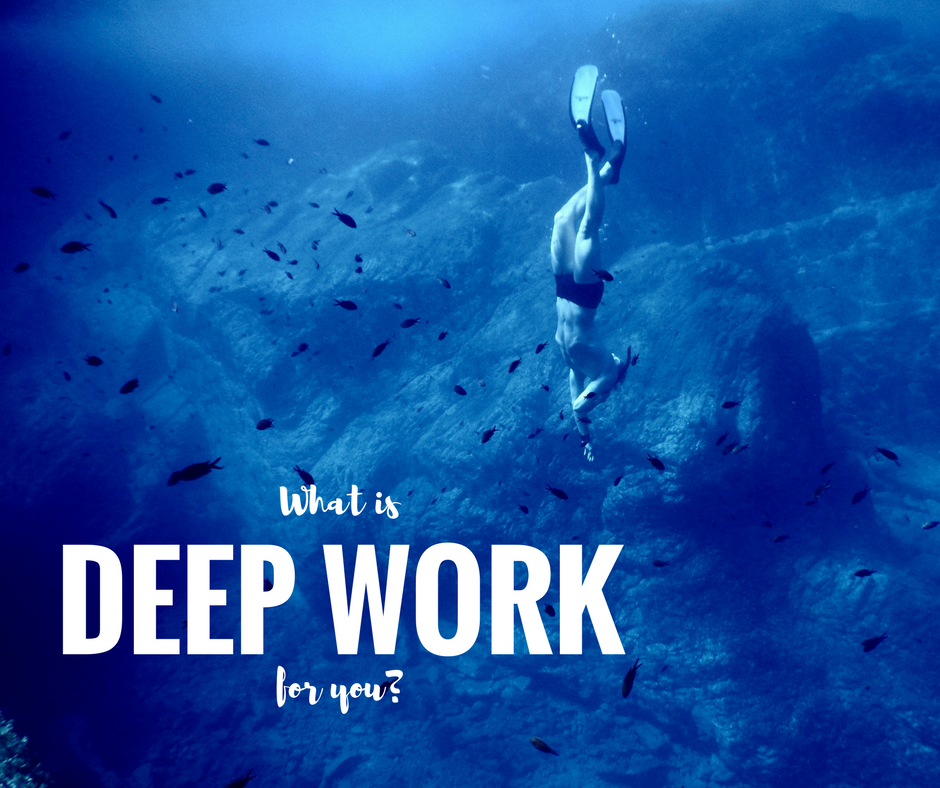
As I’ve been thinking about heart, and how my heart shows up in my work, I picked up Cal Newport’s book: Deep Work.
What I love about this book is that Cal doesn’t simply tell us that we need to focus on the things that matter (a truth that is clear to most of us), but he also discusses what focus looks like, and practical ways to build our mental capacity for focus.
Cal defines deep work as “the ability to focus without distraction on a cognitively demanding task.” Deep Work leads to a sense of joy and meaning in our lives because we learn to focus on what matters and let go of the more shallow concerns that otherwise might consume us.
Deep Work lives to an improved life. Cal says: “Like fingers pointing to the moon, other diverse disciplines from anthropology to education, behavioral economics to family counseling, similarly suggest that the skillful management of attention is the sine qua non of the good life and the key to improving virtually every aspect of your experience.”
He also points out that when we spend our time in our inboxes, we tend to focus on the irritating small issues of life. It isn’t that we shouldn’t pay attention to our community and the things they may need from us, more that we should make sure our best attention goes to those few projects that really tap into the most meaningful use of our unique capabilities.
Cal says, “Who you are, what you think, feel, and do, what you love—is the sum of what you focus on.” When we focus on work that challenges us to work at our highest intellectual capacity, we gain a sense of significance. He points out that most knowledge workers are engaged in vague tasks that yield vague and hard to measure results. No wonder we have a hard time knowing whether what we do matters. By determining what deep work is for us, and by building the mental discipline needed to engage in deep work, we not only are able to give more to the world around us, but are more satisfied, settled and joyful in our lives.
Results well worth working hard for, no?
If you’re exploring how to bring your heart into your work and looking for practical strategies, Deep Work will be a compelling read for you.
by Naomi | Feb 16, 2017 | Creative Life
Creativity often shows up at the intersection of various thoughts. Here are three on how heart can show up in our work … what do they spark for you?
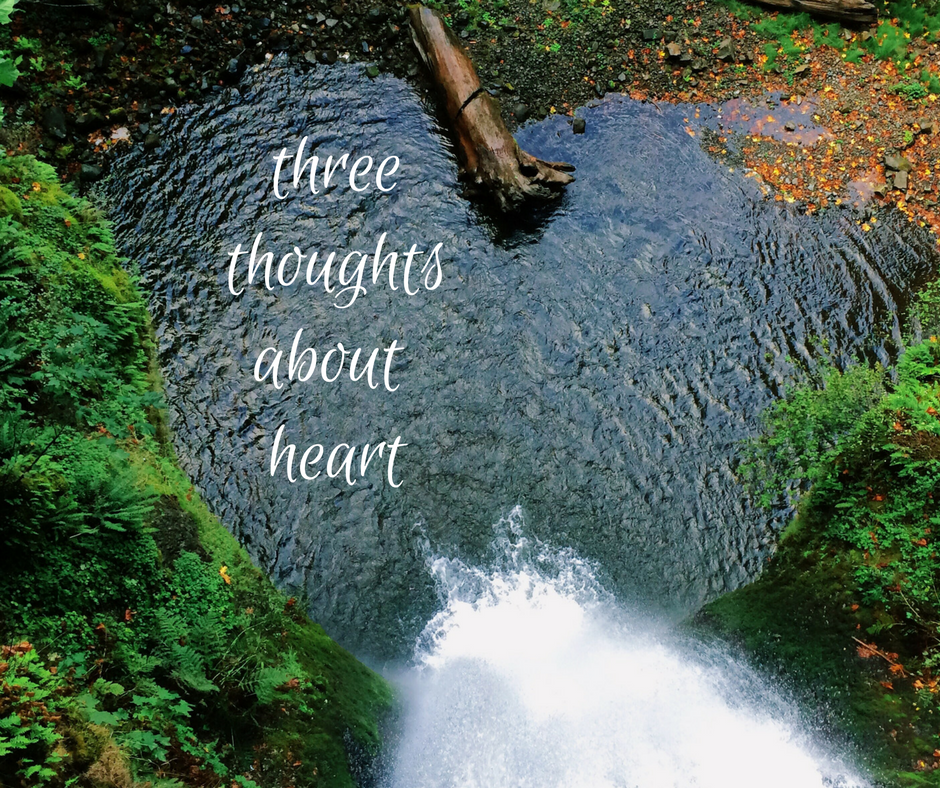
“If I create from the heart, nearly everything works; if from the head, almost nothing.”
– Marc Chagall
“If your heart is a volcano, how shall you expect flowers to bloom?”
– Khalil Gibran
“Find the seed at the bottom of your heart and bring forth a flower.”
– Shigenori Kameoka
by Naomi | Feb 13, 2017 | Writerly Play Activities
Visit the Writerly Play Attic and collect ideas from your life with this creativity sparking activity. Never heard of the WP Attic? Learn how Writerly Play thinking strategies supercharge your creativity here.
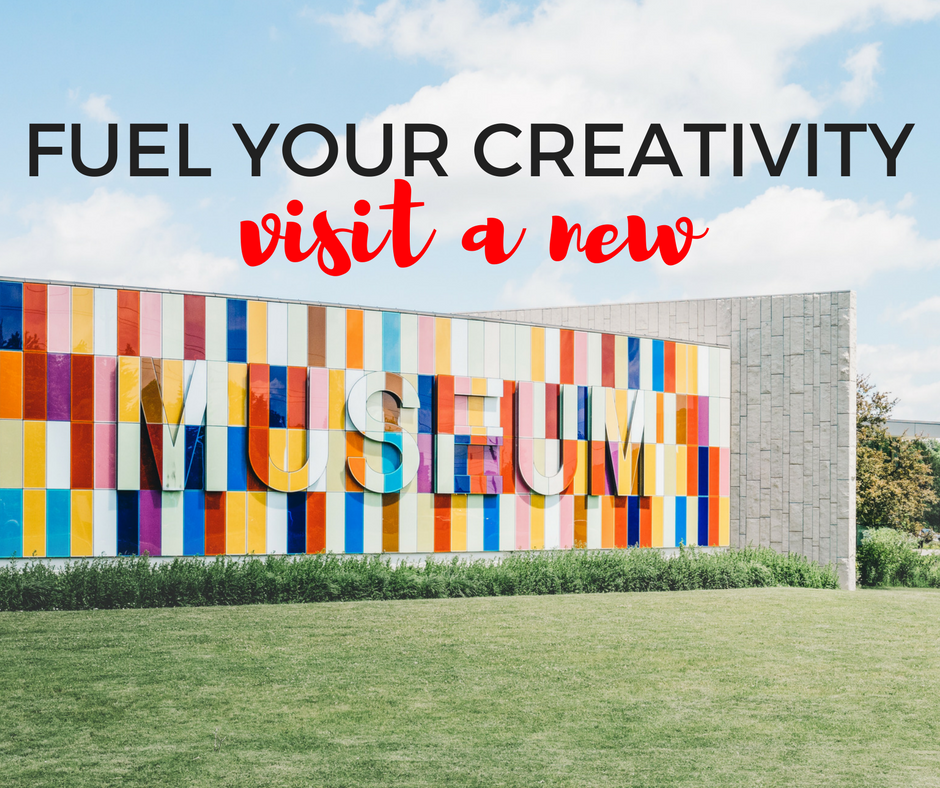
One way to move yourself out of a creative funk is to feed your mind fresh images and ideas. Where should you look? Museums are excellent places to encounter ideas and images that you might not seek out otherwise. In a museum, you step into a world curated by someone else. You’re likely to find at least one gem that fuels new thinking.
A quick search of museums in my community includes:
- American Bookbinders Museum
- Cable Car Museum
- Computer History Museum
- Pacific Pinball Museum
I’m sure that immersing myself in any of these worlds would set off creative fireworks for me, particularly because none of these topics is related to my current work.
A quick note: If you decide to go collecting ideas by visiting a new museum, go with an open mind. Rather than forcing connections, allow yourself to be an explorer. If you don’t come away from the experience with a quantifiable new idea, that’s still okay. No matter what, you’ll gain creative energy. The more you allow yourself the play, the more likely it is that an inspired idea will show up.
So, why not take your creativity on a field trip? What museums might you discover in your community? Go check one out and then come back and share. I’d love to hear about your experience!
by Naomi | Feb 9, 2017 | Creative Life
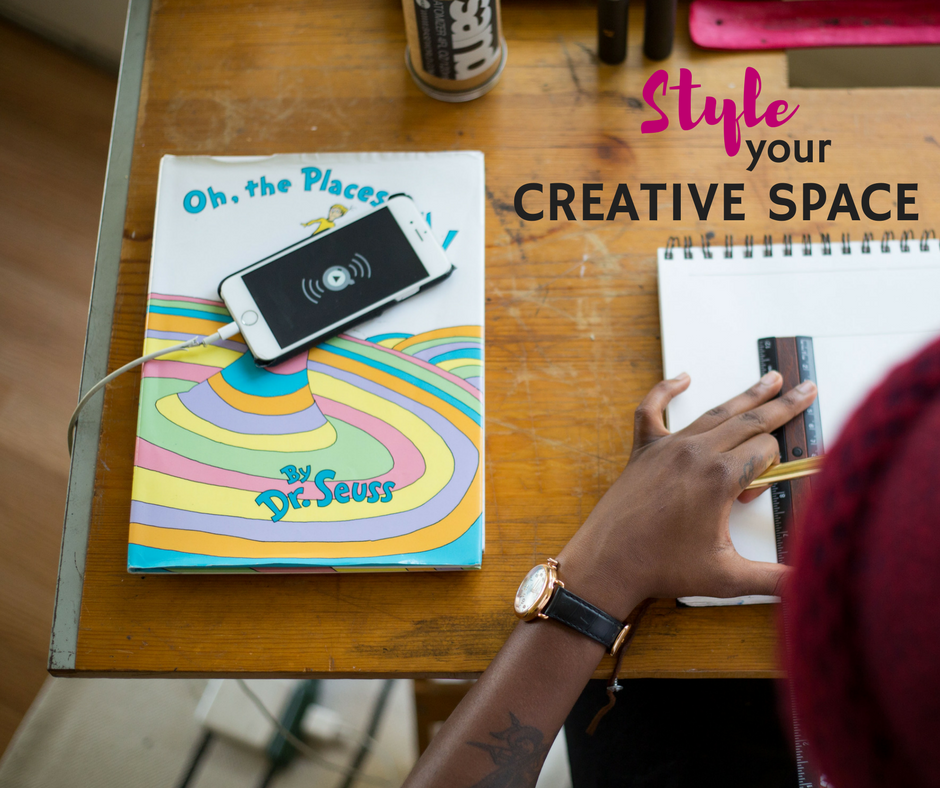
Whether you have an entire room for creative work or just a small corner, the way you feel in your space is what matters most. There’s a reason that Kindergarten classrooms have corners for different kinds of activity. Our space sets a tone. We can set ourselves up for creative success by styling our creative space with a specific feeling in mind.
Step One: Brainstorm
Before getting bogged down in the logistics of your space, think expansively. Ask yourself: How do I want to feel when I sit down to create? List a few adjectives. You may want to think about your overall creativity style and set your space up with your preferences in mind.
Step Two: Consider the Five Senses
Look over your adjectives. What smells, sounds, colors and textures might help you feel those ways? What objects might help you style your creative space to make it work for you?
Step Three: Problem-Solve
Take a look at your actual space. First, what needs to be removed? What problems need to be solved so your space is resistance-free? Keep up your momentum. If you have piles of paper to deal with, stack them in a box or bag, and set them aside. Give yourself a clean slate as quickly as possible without getting sidetracked.
Step Four: Style Your Creative Space
Add details to make your space fit your style. Do you need more color? A scented candle? A fuzzy blanket? Try to use items you already own. Write down any wish-list items to decide on after you’re finished designing your space.
Step Five: Make a Plan
To keep your space resistance-free, you’ll need a plan. Do you need a paper processing inbox somewhere else in the house so that distracting odds and ends don’t end up in this space? Do you need to establish a creative space for each family member so your space doesn’t become the catch-all for everyone’s mess? Do you need a work’s-end ritual to restore your space so that it’s clean and ready for your next session?
Once you’re done, snap a photo and post it on Instagram or Twitter. Tag it #creativespace so we can all take a look and cheer you on!
P.S. Here are some things I added to my space to make it work better for me:
Twinkle lights
A scented candle
Curated playlists (and a bluetooth speaker)
Tool kits for different activities that help me stay organized
A set of colorful Smencils






